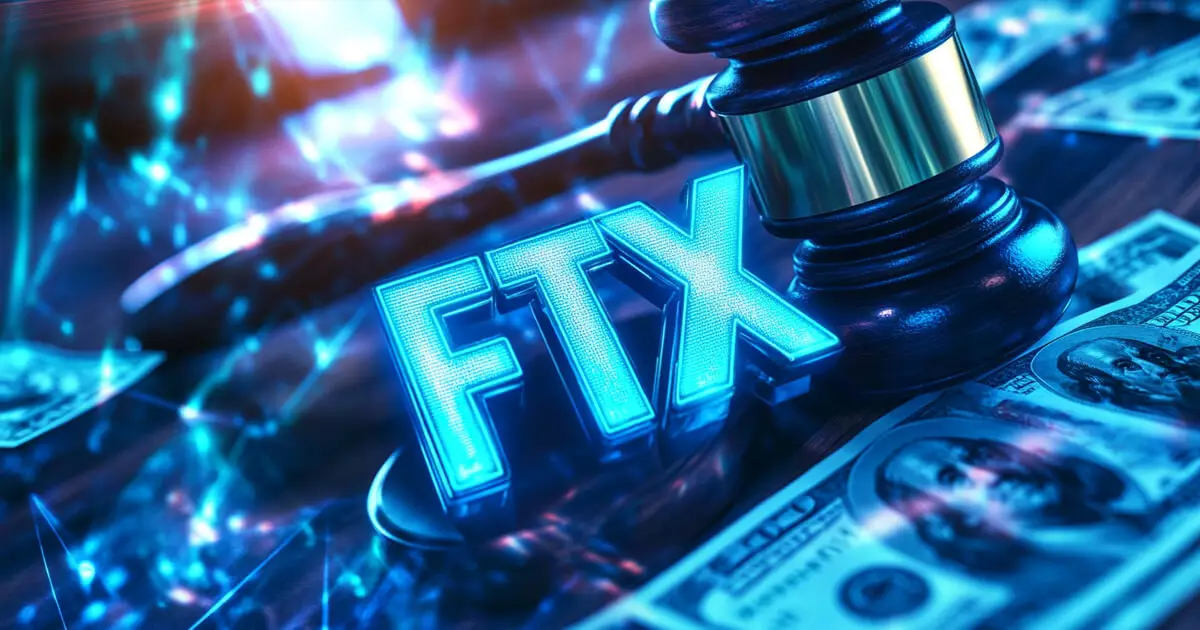After a tumultuous period marked by financial upheaval, FTX and its affiliated entities have announced a clear timeline for implementing their Chapter 11 Plan of Reorganization, aiming for completion by January 2025. This structured approach signifies a pivotal moment for creditors and affected customers who have been waiting for resolution since the company’s collapse in November 2022. The plan includes critical elements such as establishing accounts through FTX’s customer portal for users in specified jurisdictions, enabling them to track and manage their recovery claims effectively.
The details shared by FTX indicate that the finalization of arrangements with specialized distribution agents is set to occur in December 2024. This step is crucial for ensuring an orderly process where customers can prepare for reimbursements. Furthermore, FTX’s announcement also assures that the specific date for these payouts will be revealed once there is court approval regarding the Disputed Claims Reserve Amount—a necessary component for any effective repayment strategy. Such weekend changes in the bankruptcy process highlight the ongoing complexities and the regulatory framework that continues to govern corporate financial failures.
FTX CEO John J. Ray III has expressed cautious optimism regarding future customer reimbursements, stating the commitment to scrutinizing the steps taken thus far in the recovery effort. The approval of a maximum $16.5 billion recovery plan by US Bankruptcy Judge John Dorsey reflects the rigorous legal framework within which FTX must operate. What’s particularly noteworthy is the emphasis on prioritizing customer claims over those from government regulators, a decision that signals a commitment to address the needs of the most affected parties in this crisis.
However, the timeline for actual distributions must be viewed through a lens of skepticism; the projected value recovered has the potential to fluctuate significantly, possibly decreasing to $14.7 billion after cash conversion. This volatility underscores the inherent risks involved in a recovery strategy within the rapidly shifting landscape of cryptocurrency markets and regulatory environments.
The collapse of FTX, initiated by the questionable financial maneuvers of its founder Sam Bankman-Fried and other executives, has created an indelible mark on the landscape of digital finance. With an estimated 9 million customers and investors facing substantial losses due to mismanagement, addressing the repercussions of such failures requires not only financial restitution but also rebuilding trust among stakeholders. As the company navigates these murky waters, its efforts will be scrutinized closely by both regulators and the general public.
While FTX’s roadmap towards recovery is laid out with potential milestones, the challenges in execution, claims approval, and the sheer scope of losses present a formidable task. The coming months will be crucial in determining whether the proposed distributions can materialize and serve as a model for recovery in future financial crises. Stakeholders will watch closely as FTX works to not only recover lost funds but also to restore its reputation in a landscape so marred by its prior failures.

